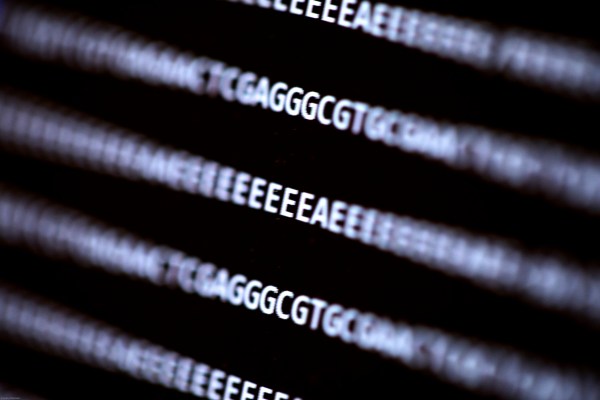Researchers at Duke University, OSU and Oak Ridge National Laboratory have solved one of the biggest problems with new forms of quantum encryption: quantum key distribution. QKD is the process of distributing keys during a transmission and in a way that will tell both sides of the conversation that someone is eavesdropping. The new system, which uses lasers to transmit multiple bits at once, can be used to connect and secure quantum computers in the future.
“We are now likely to have a functioning quantum computer that might be able to start breaking the existing cryptographic codes in the near future,” said Daniel Gauthier, a professor of physics at The Ohio State University. “We really need to be thinking hard now of different techniques that we could use for trying to secure the internet.”
Their paper is available here.
Most current QKD systems transmit data “between tens to hundreds of kilobytes per second,” a rate not sufficient for most uses, including chat and telephony. The researchers can inject more information into each photon transmitted by adjusting the release time and the phase, thereby encoding two bits instead of just one. This means they can transmit keys quickly and securely and, more importantly, over fast fiber optic cables.
The system uses off-the-shelf parts and, barring the detectors, nothing unavailable to normal telecommunications providers.
“All of this equipment, apart from the single-photon detectors, exist in the telecommunications industry, and with some engineering we could probably fit the entire transmitter and receiver in a box as big as a computer CPU,” said Duke graduate student Nurul Taimur Islam.
